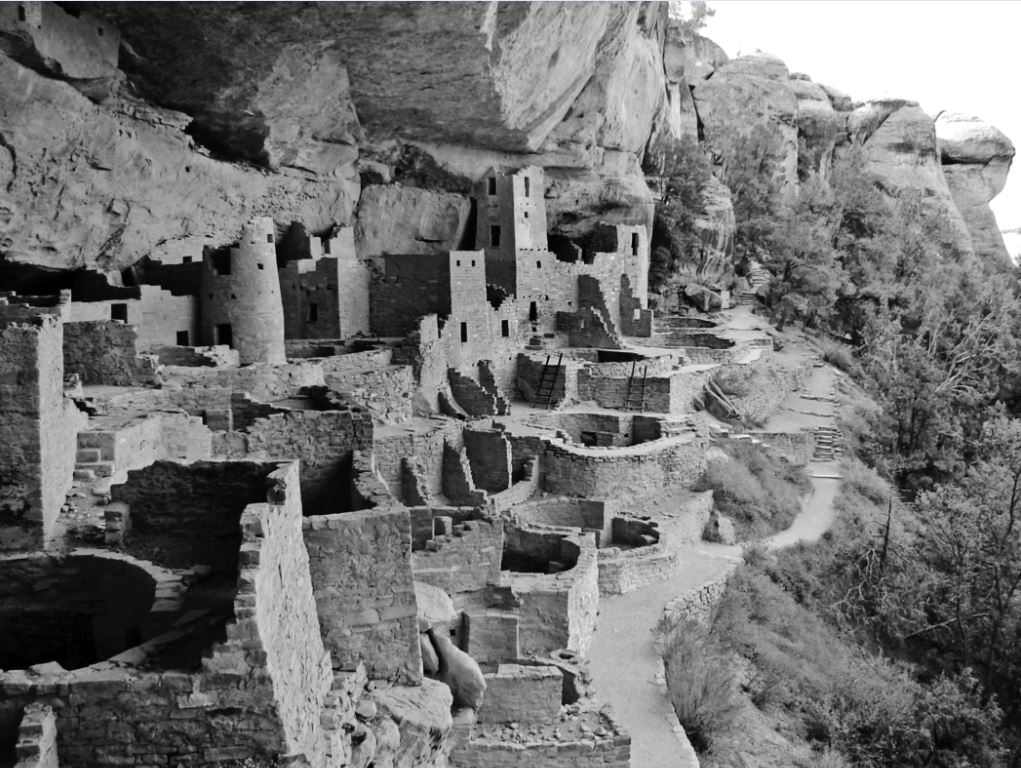
Somewhere between hiking, history and drinking, you'll find the soul of Colorado, says Denver journalist Ed Sealover. His new guidebook is called "Colorado Excursions With History, Hikes and Hops." By day, Sealover reports for The Denver Business Journal.
The book offers 30 single-day excursions across Colorado focusing on one historical site, one natural site and one drinking site per day. "I think there is a bond running between history, hiking, and drinking," Sealover says. "If you want to discover the soul of Colorado, you will look to find it outside of cookie-cutter restaurants and strip malls."
He spoke to Colorado Matters host Ryan Warner.
Read an excerpt from the book below.
Day 2 Natural Site: John Martin Reservoir State Park Bent County is a land of sagebrush and echoes, packing just 5,600 folks into its 1,500 square miles and feeling every bit as sparse as when traders carved the Santa Fe Trail through it. But what may seem vacant to the human eye is a paradise to the 373 species of birds that pass through or take up part-time residence within its borders, making this outpost of southeastern Colorado one of the best bird-watching locations in the interior United States. Some of the park’s stars include piping plovers and interior least terns, both endangered and both coming in family groups—about five pairs of plovers and about fifteen pairs of terns—from mid-spring to mid-August annually. Plovers stand out with their bright orange legs and orange bills, while the terns—which nearly were hunted to extinction for their feathers in the late nineteenth century—nestle their parted tails on the reservoir’s protected south shore. Bald eagles visit the north shore each winter, plucking fish from the water. Their appearance is John Martin Reservoir is miles from other human settlements. But it’s clear the birds know something that we don’t. Reprinted from Colorado Excursions With History, Hikes and Hops by Ed Sealover with permission of The History Press. Copyright (c) Ed Sealover, 2016. |








